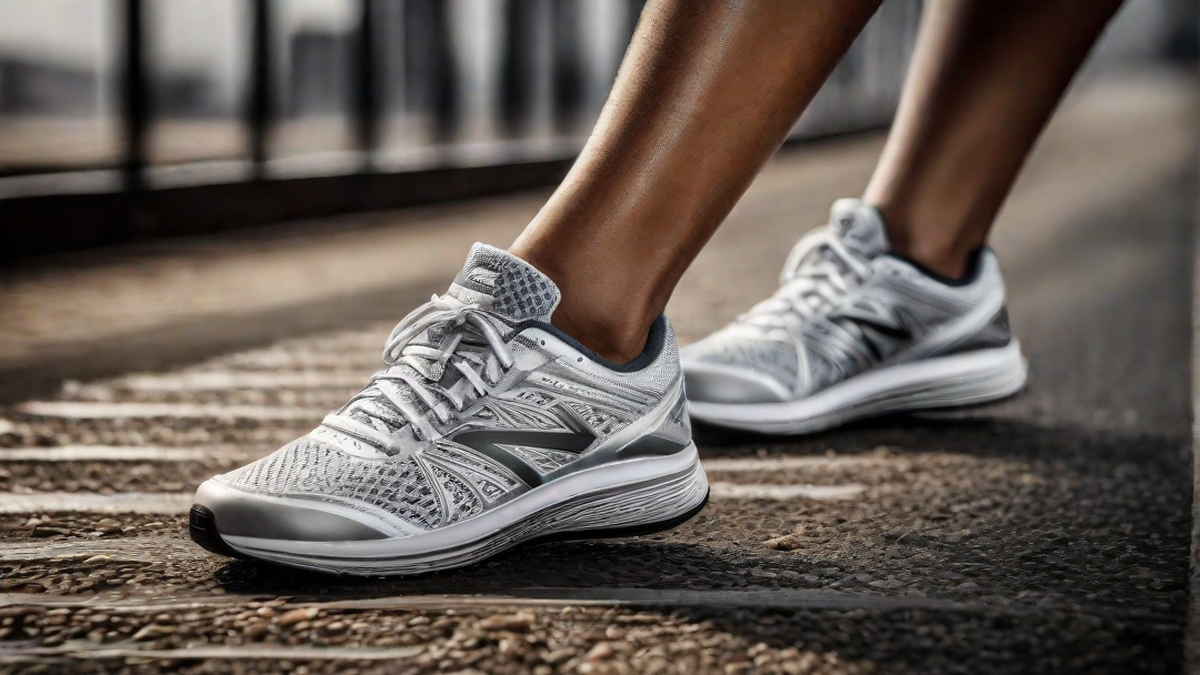As an avid runner, I have learned the hard way that wearing worn-out running shoes can lead to discomfort, pain, and even injuries. It’s essential to know when it’s time to retire your trusty running shoes and invest in a new pair. In this article, I will share my personal experiences and provide you with some key indicators to help you determine when you need new running shoes.
Signs of Wear and Tear
One of the first things I look for is visible wear and tear on the soles of my running shoes. Over time, the outsoles, which provide traction and cushioning, start to wear down. If you notice significant flattening or uneven tread patterns, it’s a clear sign that your shoes have seen better days. It’s time to say goodbye and look for a new pair.
Another indicator of wear is the midsole, which provides shock absorption. Press your thumb into the midsole’s cushioning to check for any noticeable compression or loss of support. If you can easily feel the ground through the midsole, it’s a clear indication that it’s time for a new pair of running shoes.
Additionally, pay attention to the upper part of your shoes, which includes the mesh or fabric material that wraps around your foot. If you notice any tears, holes, or signs of fraying, it’s a sign that the shoes have reached the end of their lifespan. Not only can this affect the shoe’s overall stability, but it can also lead to uncomfortable rubbing or blisters on your feet.
Mileage and Duration
While signs of wear and tear are essential to consider, it’s also crucial to track the mileage and duration of your runs. Running shoes have a limited lifespan, and the amount of usage directly affects their performance. As a general rule of thumb, most running shoes can endure approximately 300-500 miles before they lose their cushioning and support.
However, keep in mind that this mileage estimate can vary depending on various factors such as your running style, body weight, and the surface you typically run on. If you are a heavier runner or frequently run on rough terrain, you may need to replace your shoes earlier than average.
In addition to mileage, consider the duration of your runs. If you’ve recently increased your training intensity or started running longer distances, your shoes might wear out faster. Pay attention to any discomfort or pain in your feet, ankles, or knees, as it may be a sign that your current shoes are no longer providing adequate support.
Technology Advancements
While signs of wear and tear and tracking mileage are reliable indicators, it’s also worth considering the advancements in running shoe technology. Running shoe manufacturers are continuously innovating and developing new materials and technologies to enhance performance and comfort.
If it’s been a while since you’ve purchased new running shoes, you’ll likely find that newer models offer improved cushioning, stability, and breathability. Take the time to research the latest shoe models and read reviews to see if there have been any significant advancements that could benefit your running experience.
Conclusion
Knowing when to replace your running shoes is crucial for maintaining optimal performance and preventing injuries. Keep an eye out for signs of wear and tear on the soles, midsoles, and uppers of your shoes. Track the mileage and duration of your runs to gauge when your shoes might need replacement, taking into account individual factors such as weight and running surface. Lastly, stay informed about the latest advancements in running shoe technology to ensure you’re utilizing the best footwear for your runs.
Remember, investing in a new pair of running shoes is an investment in your comfort, performance, and long-term running capability. Don’t wait until you’re in pain or experiencing discomfort. Take proactive measures and replace your running shoes when needed, and your feet will thank you!

